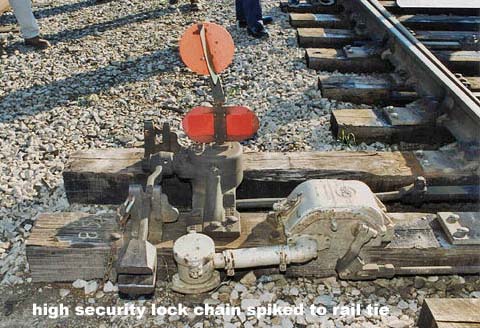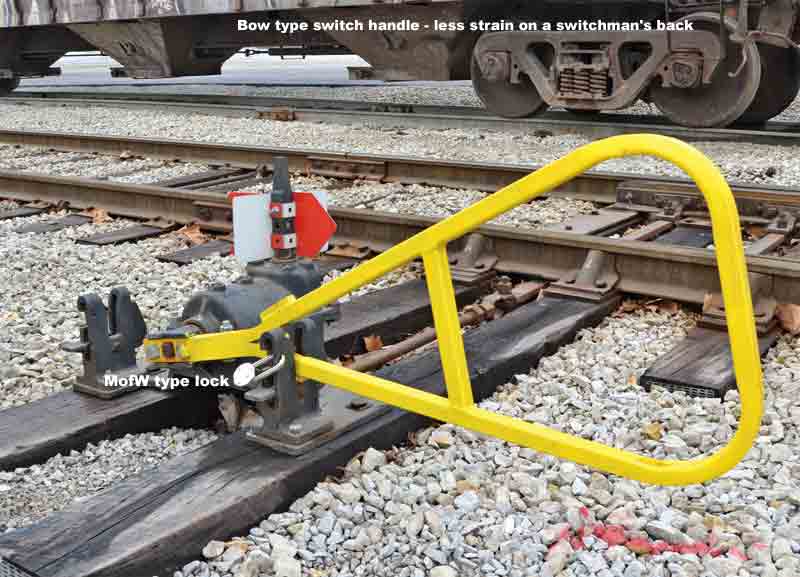Highball Signal
One of the earliest signals in American railroading was literally a ball on a length of rope. When hoisted to the top, it meant “Proceed.” So when the ball was at the top, it became known as “Highball.” The fail-safe aspect of it was that if the rope broke, the ball would fall to the bottom, indicating “Stop.” The term "highball" came to be synonymous with a clear right-of-way and for trains to proceed at full speed. Above are some examples of a highball.
The first U.S. signal installation was on the New Castle & Frenchtown Railroad in 1832. The NC&F signals were peach baskets suspended from masts by pulleys. By their position (high, middle, or low) and color (black or white), they conveyed information to trains and stations, whose staff observed them with telescopes.With refinements, this “ball” type signal became widely used, its aspect for “proceed” giving us the stirring term “Highball!” The last ball signal in service is found at Whitefield, N.H.
The mid-19th century saw development of other manual signal types. Later, electricity was used to actuate signals powered by clockwork mechanisms. There were also electro-pneumatic types. All-electric designs came to be standard for automatic signals.
Today’s railroads run on Block Signals
There are two types of signals, permissive and absolute. You can tell if a signal is permissive or absolute by looking at it. The rules vary by railroad, but permissive signals usually have a number plate on the base of the mast on which they’re mounted, or the letter “I”. Absolute signals do not have the number plate or will have the letter “A.” The location of the signal is also often a clue to its type. Signals have two purposes, protection and control. Permissive signals only provide protection. Absolute signals provide both control and protection. Functionally, the basic difference between permissive and absolute signals is the most restrictive type of indication each can display.
Signals have two purposes, protection and control. Permissive signals only provide protection. Absolute signals provide both control and protection. Functionally, the basic difference between permissive and absolute signals is the most restrictive type of indication each can display. A red permissive signal means stop and proceed. After stopping (which is no longer required on some railroads) the train can proceed at restricted speed until a more favorable signal is reached. (Restricted speed is usually 15 or 20 mph, being prepared to stop upon sighting any obstruction or problem). But a red absolute signal means stop - and stay stopped. The only way to pass a red absolute signal is with the dispatcher’s verbal permission or, in rare circumstances, under the protection of a flagman.
Definition of a Railroad Push Pole
A pole about 12 feet long and having a diameter of 5 inches and used in the United States between 1870 and the mid-1960s to push a freight car onto or off a siding or onto another track by being placed between a locomotive (on an adjacent track) and the freight car. The two ends of the poles were placed in receptacles called push pole pockets. Examples below.




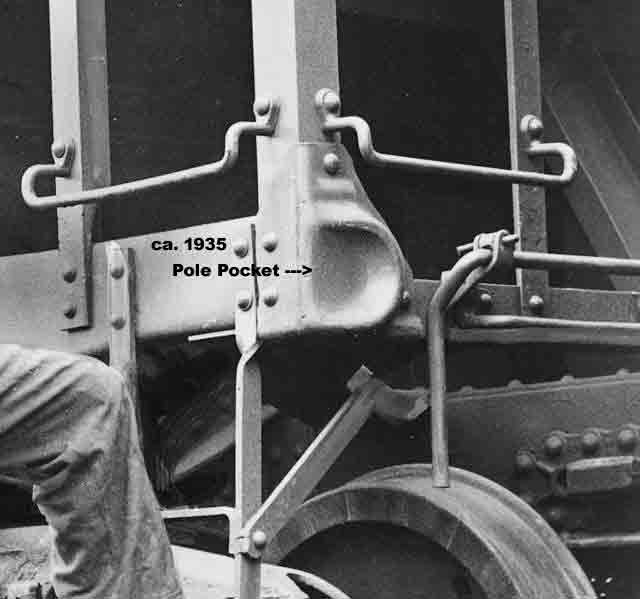
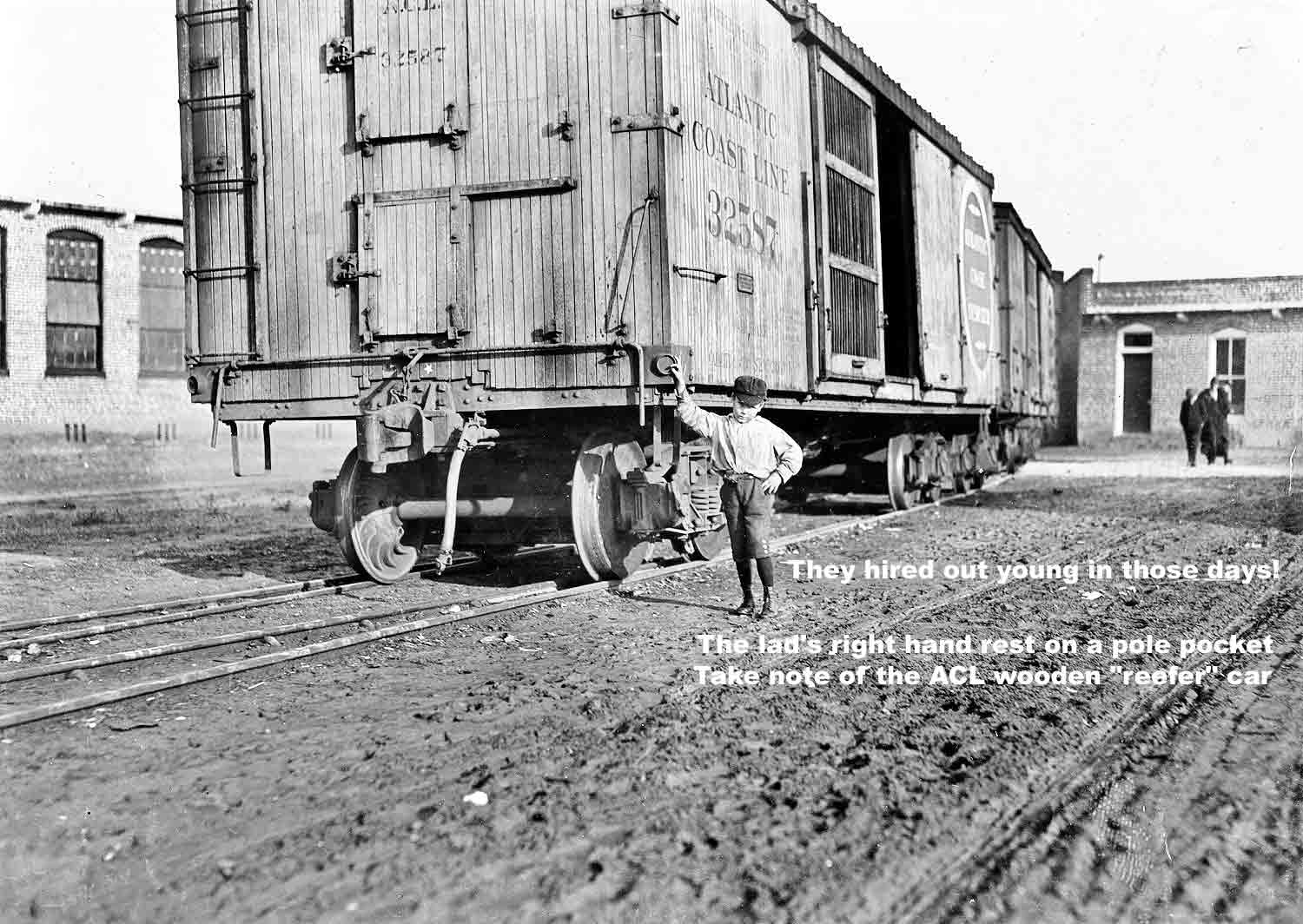
Even though "Push Pole's" were used before my time on the railroad, as a former switchman, I've many thoughts about this method. The safest and right way would be to run-a-round the cars with the engine, and spot the cars as it is done today. Push Poles were dangerous to use, they were known to break causing injuries. In many switching situations, multiple attempts were made to move the cars.
There is another method railroaders use even today, which is against the rules. It is called "a drop." Although the drop method can be performed in any yard were there are two parallel tracks, the switching maneuver is mostly used in industry switching. The end result is to get the boxcar, hopper, etc. on the right end of the engine. Rules are made to be broken: What's the sense in being a railroader if you cannot have some fun. To perform a drop, a car is coupled to the engine, to get the momentum going, the engineer 8 notches the trottle, a brakeman is riding the footboard, at the right moment the engineer lets up on the trottle, the slack runs in, and the brakeman pulls the pin. Once more, the engineer 8 notches the trottle, speeding up the engine while the car is free rolling behind. Once the engine clears the dividing switch, another brakeman throws the switch, allowing the rolling car to pass by. During the days of a conductor and two helpers, the third brakeman would've been riding the free rolling car, ready to apply the handbrake to stop it. To add to the following. Most if not all N&W engines carried huge chains in the engine tool box. When a drop would go wrong (the car didn't clear the ajacent track and the engine cannot tie onto the car), in place of a Push Pole, we would use the chain to move the boxcar, all the while cussing our butts off.
Laying Rail - Old Way
Since the first railroads were built almost 200 years ago, locomotive / train design and technology has advanced significantly, from steam powered engines to super-fast maglev trains. Often overlooked, however, is the technology behind the thing that keeps these trains moving in the right direction: the tracks.


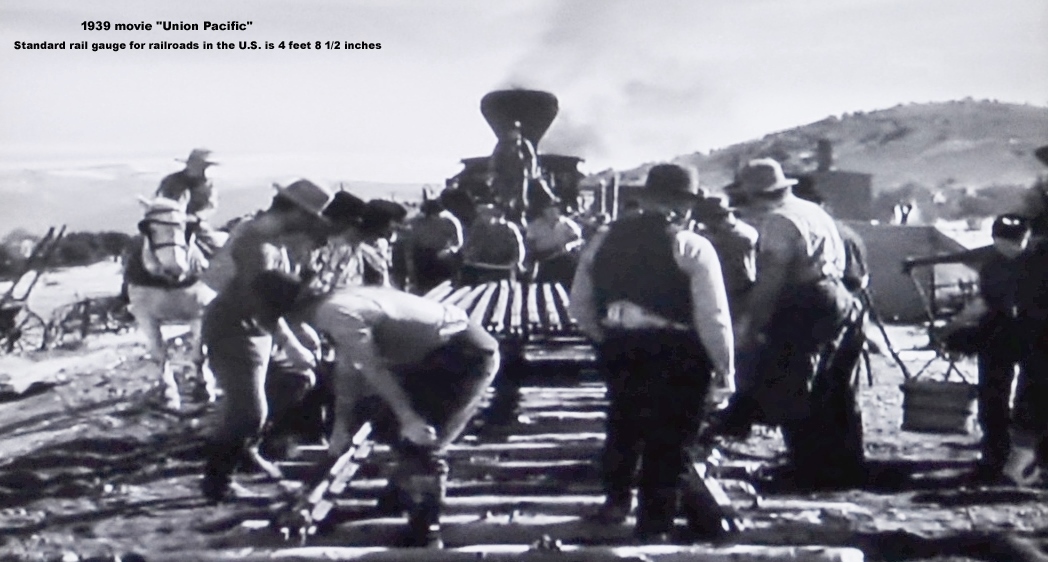
Laying Rail - New Way
Railroads are one of the largest users of modern technology. Work train's today use modern machinery, which require less man power. Exothermic welding is the process used by railroads today to join rails together, aka - ribbon rail. Cars rolling on welded rail have a smoother - quieter ride, no clickety-clack! The U.S. federal safety standards allow the standard gauge to vary from 4 ft 8 in (1,420 mm) to 4 ft 9 1⁄2 in (1,460 mm) for operation up to 60 mph (97 km/h).




Railroad Switch

